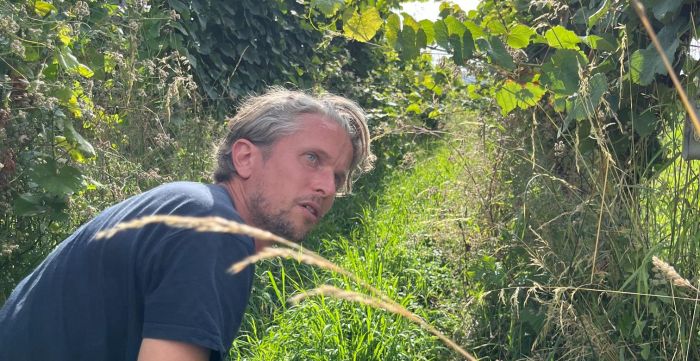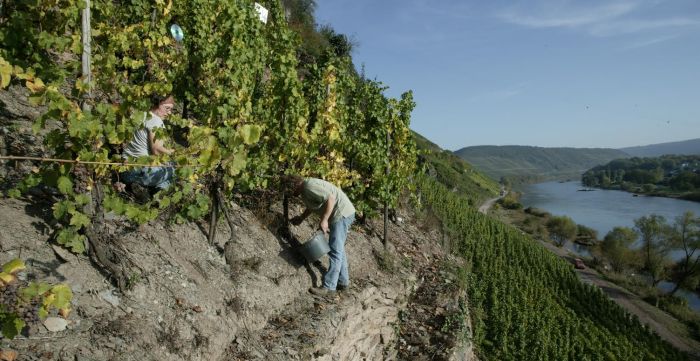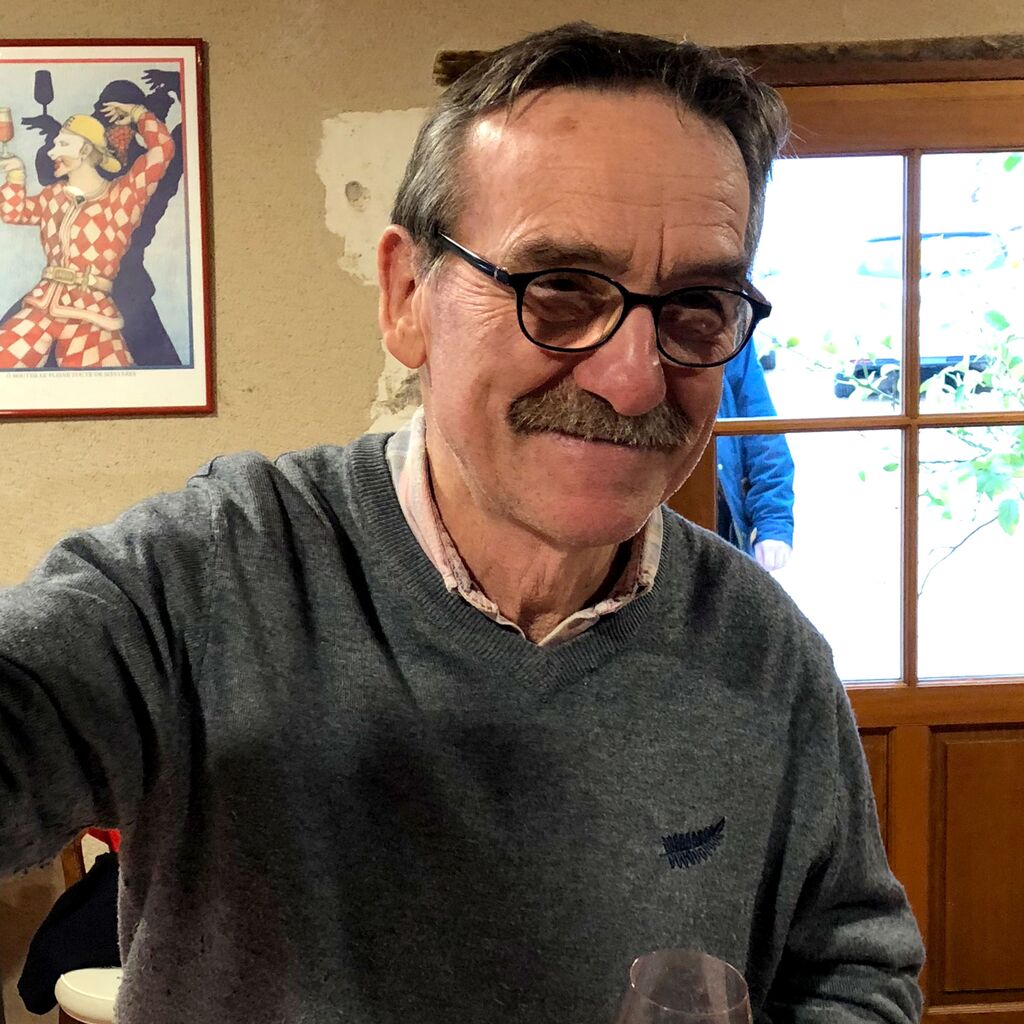Please wait ...

New Producer: Yannick Meckert!

Yannick Meckert!
<p>We've been bringing in Yannick Meckert's wines for almost a year now but just getting around to writing about him. </p>
<p><a href="https://louisdressner.com/producers/yannick%20meckert">It's a whole lot to read and fascinating stuff! </a></p>
Article
Tips For Navigating the Website.

How to navigate the website.
<p><u><strong>Desktop vs Mobile:</strong></u></p>
<p>We know people use their phones a lot, so we've worked hard on ensuring the site functions well on mobile devices. Having said that, we recommend using a laptop/desktop to optimally peruse our content. </p>
<p><u><strong>Glossary:</strong></u></p>
<p>At its core, this has always been a website written for wine professionals *attempting* to glean information on the wines we import - and hopefully see a picture of the vigneron's dog. Since the jargon can be so technical, we've added an <glossary term="glossary" title="1427">interactive glossary</glossary> to the text for those unfamiliar with the baffllingly complex world of wine terminology. Even if you're a seasoned pro, you might learn a thing or two. And if you'd rather read the content without the glossary, simply head to the main menu bar and turn it off. </p>
<p> "<u><strong>Our Wines" Section: </strong></u></p>
<p>In the "Our Wines" section, we've offered a variety of filter categories for you to explore and discover all the cuvées we import. These filters can be combined together to narrow down results. If you hit a wall with no results, simply erase one of the filters or clear all filters. </p>
<p><u><strong>Technical Information For Each Wine:</strong></u></p>
<p>78% of the wines we import have extremely detailed technical information when clicked on, dare I say the most technical anywhere on the internet. Half of these are probably woefully outdated.</p>
<p><u><strong>Search:</strong></u></p>
<p>If you know what producer or wine you are searching for, the search should quickly autofill what you need. Go ahead, give it a whirl. You can also hit enter after searching and skup the autofill.</p>
<p><strong><u>Hyperlinks/PDFs:</u></strong></p>
<p>Every single piece of content on the website has its own hyperlink. This means you can easily share a specific producer page, article, wine or filter combination with anyone. You can also save or print out PDF's bt clicking the PDF icon.</p>
<p><u><strong>Copy/Paste:</strong></u></p>
<p>Due to the website's design, if you need to copy/paste anything, the glossary needs to be turned off for the text to paste correctly. We recommend using the PDF feature instead. </p>
<p>Also, if you are going to straight up use our writing verbatim, PLEASE credit us when doing so. Seems obvious but we see it happen all the time. </p>
<p><u><strong>A Shit-Ton of Written Content:</strong></u></p>
<p>The articles themselves can often be very long, and for this reason we developed a Propriety Pop Up System™ where you can easily scroll through various articles/wines and "pop out" to efficiently look at the rest of the content.</p>
<p>We've tried our best to pack as many dog pictures as possible in there, but the digital ink has been spilled: the cumulation of decades' worth of writings from Joe, Denyse, Kevin and Jules is here for you to read. A huge part of the work with this new website was to find better ways to condense and extract essential information you need without getting lost in all that BORING text. </p>
<p>We still think you should check it out. Don't worry, there are plenty of pictures. And you might even find the writing interesting. Or funny. Or both. </p>
Article
EXPLORE

A Hot but Complete 2024 for Eduardo Torres Acosta
<p>Winter 2024 was not a very cold one and unfortunately without snow. This lead to the budding of the vines started earlier than in previous years. Some rain in Spring helped face the early summer months.</p>
<p>We were very careful during the flowering in June, remembering how devastating it was in 2023 and fearing to find any spore of mildew. But the weather helped us in this sense, with a dry June and July followed by rains in August that led our plants to reach a good ripening.<br />
<br />
The harvest started on September 14th with the red grapes: a week earlier than in previous years. We started from the lowest vines, continuing in elevation. It was the hottest harvest we've ever had, reaching up to 30 Celsius and leading to the driest harvest we have seen in all my years on Etna. The ripening was very similar between one vineyard to another: we harvested the grapes in Nave, our highest vineyard on October 4th, 15 days earlier than usual, finishing the harvest in just 20 days.<br />
<br />
We can be satisfied with the production this year, with intense, deep reds. By incorporating a new vineyard planted in 2021, the Versante Nord Bianco will have a lower percentage of Minnella and more Carricante. We think that this will help bring more acidity to the wine. <br />
<br />
In 2024, we were able to produce the totality of our cuvées, unlike in 2023 where we only produced Versante Nord Rosso and the two whites .</p>
<p><img src="https://louisdressner.com/uploads/images/article//1024/4b/ba/4bbac2ef52f6326579f76dd7e8668886.jpg" /><img src="https://louisdressner.com/uploads/images/article//1024/49/7e/497e01ada4beb288f147b9164a0ab313.jpg" /><img src="https://louisdressner.com/uploads/images/article//1024/4b/87/4b8743fd5d9f4af50bc2b6914894505d.jpg" /><img src="https://louisdressner.com/uploads/images/article//1024/d6/02/d60277935bae5d7628bad37f5b3790ac.jpg" /></p>
